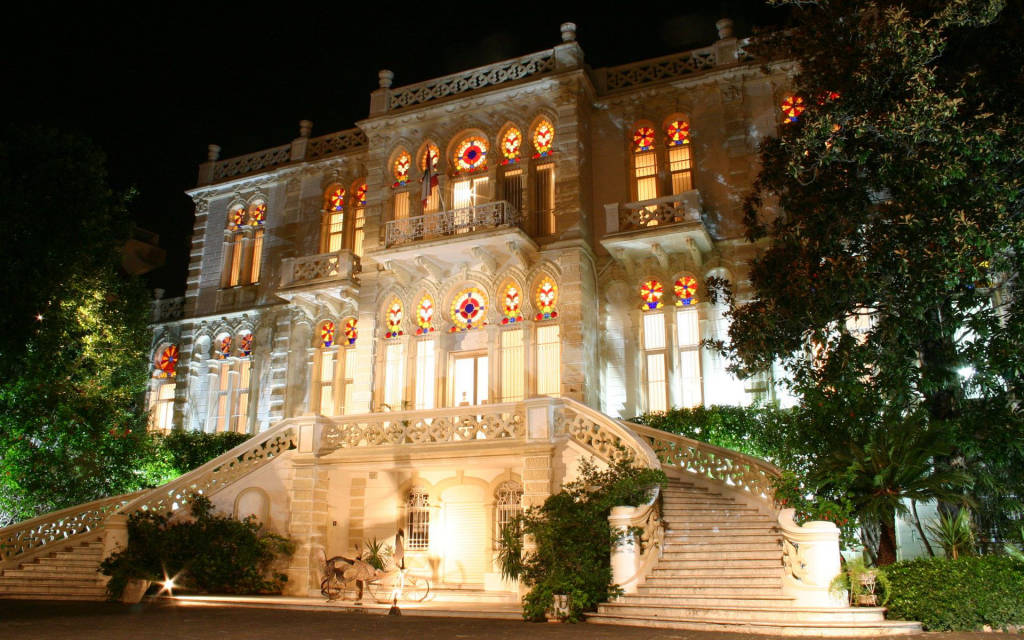Nestled in the heart of Beirut, Lebanon, the Sursock Museum stands as a testament to the rich artistic heritage of the country and its enduring commitment to preserving and promoting cultural and artistic expression. This museum, often regarded as a cultural jewel, weaves together a tapestry of tradition and innovation, making it a central hub for art and culture in the city.
The museum's history dates back to its founding in 1961. Housed in a splendid Ottoman-era villa that once belonged to the Sursock family, the museum opened its doors to the public in 1965. Its establishment was a response to Lebanon's growing need for a cultural institution that could serve as a repository of the nation's artistic wealth and a platform for artistic innovation.
Architecturally, the Sursock Museum is a striking fusion of the old and the new. The villa, with its traditional Lebanese architecture featuring elegant arches and historical grandeur, creates a captivating juxtaposition with the modern exhibition spaces added during a recent renovation. The result is a unique blend of history and contemporary design that captivates visitors and artists alike.
The Sursock Museum has evolved into a thriving cultural and artistic hub in Beirut. It provides a platform for Lebanese and international artists to showcase their work, fostering a dynamic artistic community and facilitating artistic exchange. The museum's collection spans various art forms, from paintings and sculptures to photography and multimedia installations. This diversity allows visitors to explore both permanent and temporary exhibitions, gaining insights into the evolution of artistic expression in Lebanon and the broader Arab world.
One of the museum's central roles is preserving Lebanon's artistic heritage. It offers resources and expertise for the restoration and preservation of artworks and historical artifacts, ensuring the cultural legacy of the nation endures for generations to come.
The Sursock Museum is not merely a space for exhibitions; it is deeply committed to education. It conducts workshops, lectures, and educational programs, fostering artistic appreciation and promoting creativity. These initiatives contribute significantly to the cultural and intellectual growth of the community.
The museum's cultural events, including film screenings, book launches, and performances, provide a lively atmosphere where individuals can engage with art and culture in various forms. These events transform the museum into a dynamic and vibrant cultural center in the heart of Beirut.
Due to its unique blend of tradition and innovation, the Sursock Museum has become a prominent tourist attraction, welcoming visitors from around the world. Its central location in Beirut, coupled with its cultural significance, makes it an essential stop for those exploring the city's rich cultural tapestry.
 Register
RegisterSign in Travel Agent
Sign in Supplier
Sign in Affiliate
Sign in Guru



 Sursock, Bayrut, Li-băng
Sursock, Bayrut, Li-băng